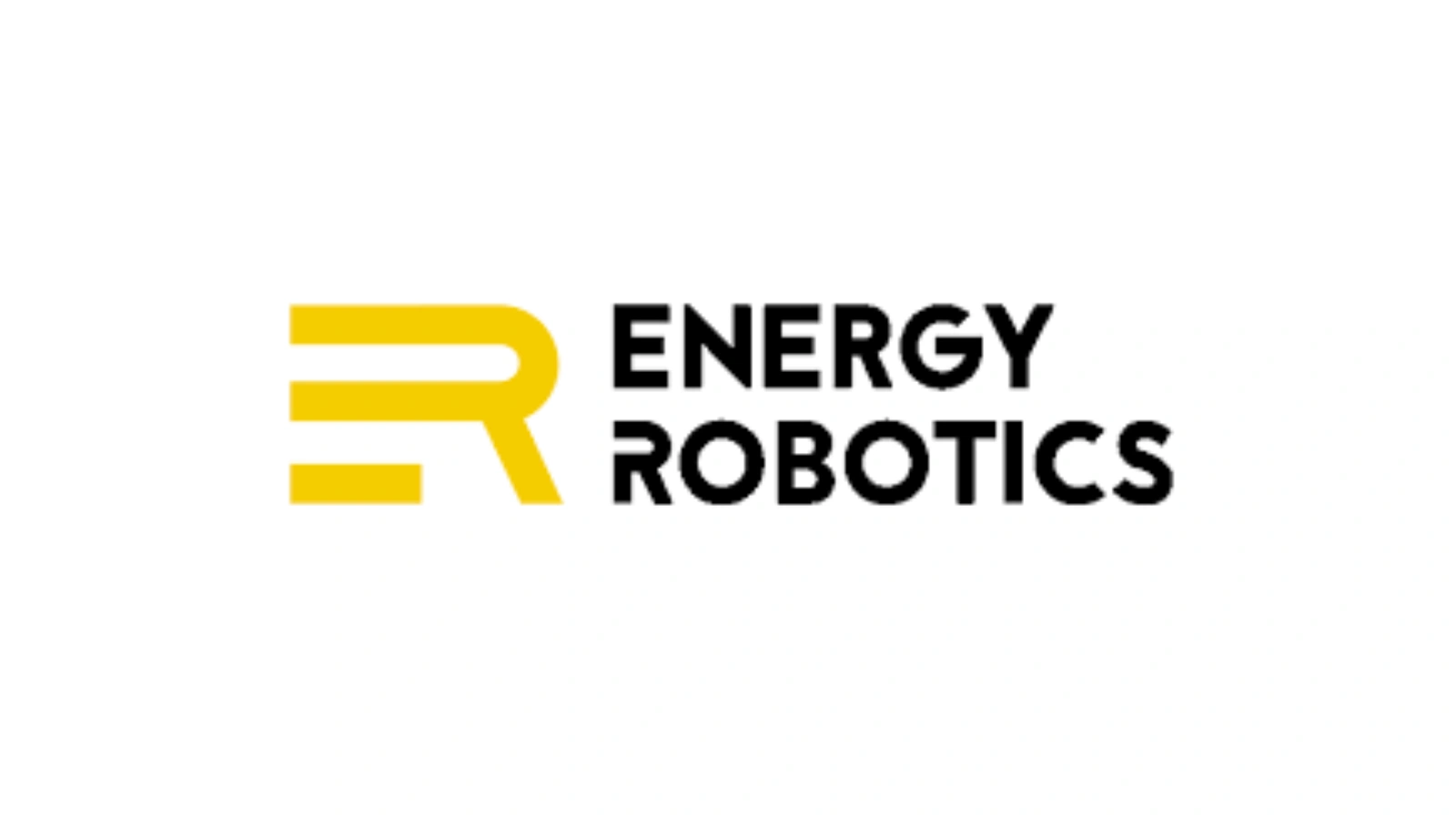Energy Robotics, a leading provider of AI software for autonomous inspection using robots and drones, has announced the successful closure of its $13.5 million Series A funding round. The company has already completed over one million inspections across five continents, saving more than 32,000 hours of hazardous human labor for major clients including Shell, BP, Repsol, BASF, Merck, and E.ON.
This funding reinforces Energy Robotics’ position as a market leader in full-stack, hardware-agnostic AI autonomy platforms for critical infrastructure inspection and monitoring.
Funding Details and Expansion Plans
The Series A round was co-led by Blue Bear Capital and Climate Investment (CI), with participation from Futury Capital, Hessen Capital, Kensho VC, and TADTech.
Energy Robotics plans to use the fresh capital to accelerate the global deployment of its software platform across energy, chemical, industrial, and security sectors, enabling safer and more efficient operations through automation.
Addressing Labor Shortages and Aging Infrastructure
Industrial sectors worldwide are facing two major challenges — a shrinking skilled workforce and aging infrastructure requiring complex maintenance. Energy Robotics is tackling these issues through its AI-driven software platform that enables autonomous inspections, reducing operational costs by up to 40% and improving worker safety.
“This funding will help us scale autonomy to serve the world’s most critical infrastructure,” said Marc Dassler, CEO and co-founder of Energy Robotics. “Our platform empowers operators to maintain and improve operational efficiency, even as the workforce retires and assets age.”
Enhancing Operational Safety and Reliability
Industries served by Energy Robotics often face risks like fires, toxic leaks, and cybersecurity threats. Using its AI-powered platform, robots and drones can perform vital inspection tasks — including visual checks, thermal scans, and leak detection — minimizing human exposure to hazardous conditions.
This automation enhances data accuracy, predictive maintenance, and plant uptime, driving greater productivity and operational reliability.
Climate Impact and AI-Driven Efficiency
According to Cindi Bough, Managing Director at Climate Investment, the industrial robotics market is entering a new era:
“Energy Robotics has built a scalable AI platform that unifies robot and drone fleets, integrates with enterprise workflows, and provides actionable insights at scale. Its technology also contributes to climate impact by detecting gas leaks early, preventing harmful emissions.”
Key Features of the Energy Robotics Platform
Energy Robotics’ AI-powered fleet orchestration software offers an end-to-end solution for autonomous inspection, eliminating the need for multiple tools or vendor-specific systems. Key capabilities include:
-
Hardware-Agnostic Integration: Compatible with major robot and drone OEMs such as Boston Dynamics, Mitsubishi Heavy Industries, and DJI, offering full fleet flexibility.
-
AI-Powered Analytics: Continuously interprets multimodal sensor data — from gauge readings to thermal leaks — improving accuracy over time.
-
LLM-Driven Mission Control: Allows operators to assign inspection tasks using natural language prompts powered by large language models.
-
Real-World Data Insights: Builds intelligence from millions of inspection missions in live industrial environments.
-
Dynamic Digital Twin: Creates a continuously updated 3D replica of facilities for predictive insights and seamless integration with ERP and CMMS systems.
-
Advanced Cybersecurity: Ensures data privacy by keeping sensitive inspection data within customer-controlled systems.
Driving the Future of Industrial Automation
“The global energy transition demands resilient and secure infrastructure,” said Dr. Carolin Funk, Partner at Blue Bear Capital. “Energy Robotics’ AI-driven autonomous inspection platform directly supports this by enhancing operational efficiency and safety across the energy and industrial landscape.”
With its AI software platform, Energy Robotics continues to redefine how industries inspect, monitor, and maintain their most critical assets—helping the world move toward a safer, more sustainable, and data-driven future.

